Third party car insurance is the most basic optional form of insurance you can buy in Australia. There are two main types of third party cover to compare when buying car insurance: Third Party Property Damage (TPPD) and Third Party Fire and Theft (TPFT). Find out the differences between them and compare a range of policies through Savvy today!
Why compare car insurance policies through Savvy?
100% free comparisons
There's no need for you to pay a cent to compare a variety of competitive policies side-by-side.
Any time, anywhere
Because all our tools are available online, you can compare car insurance policies no matter where you live, day or night.
Reputable partners
We're partnered with Compare the Market to help our customers lock in the best deal tailored to their needs.
Providers you can compare
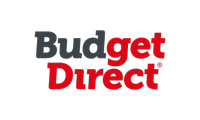
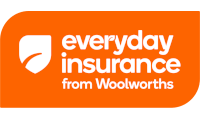




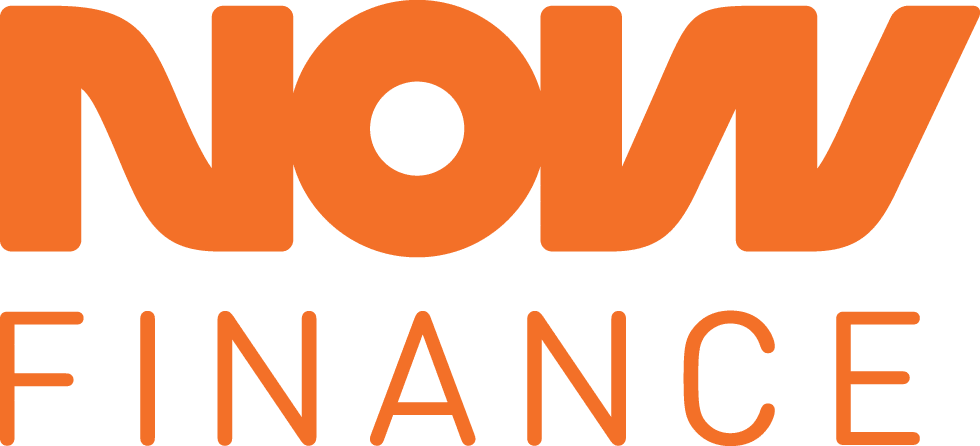










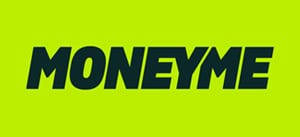


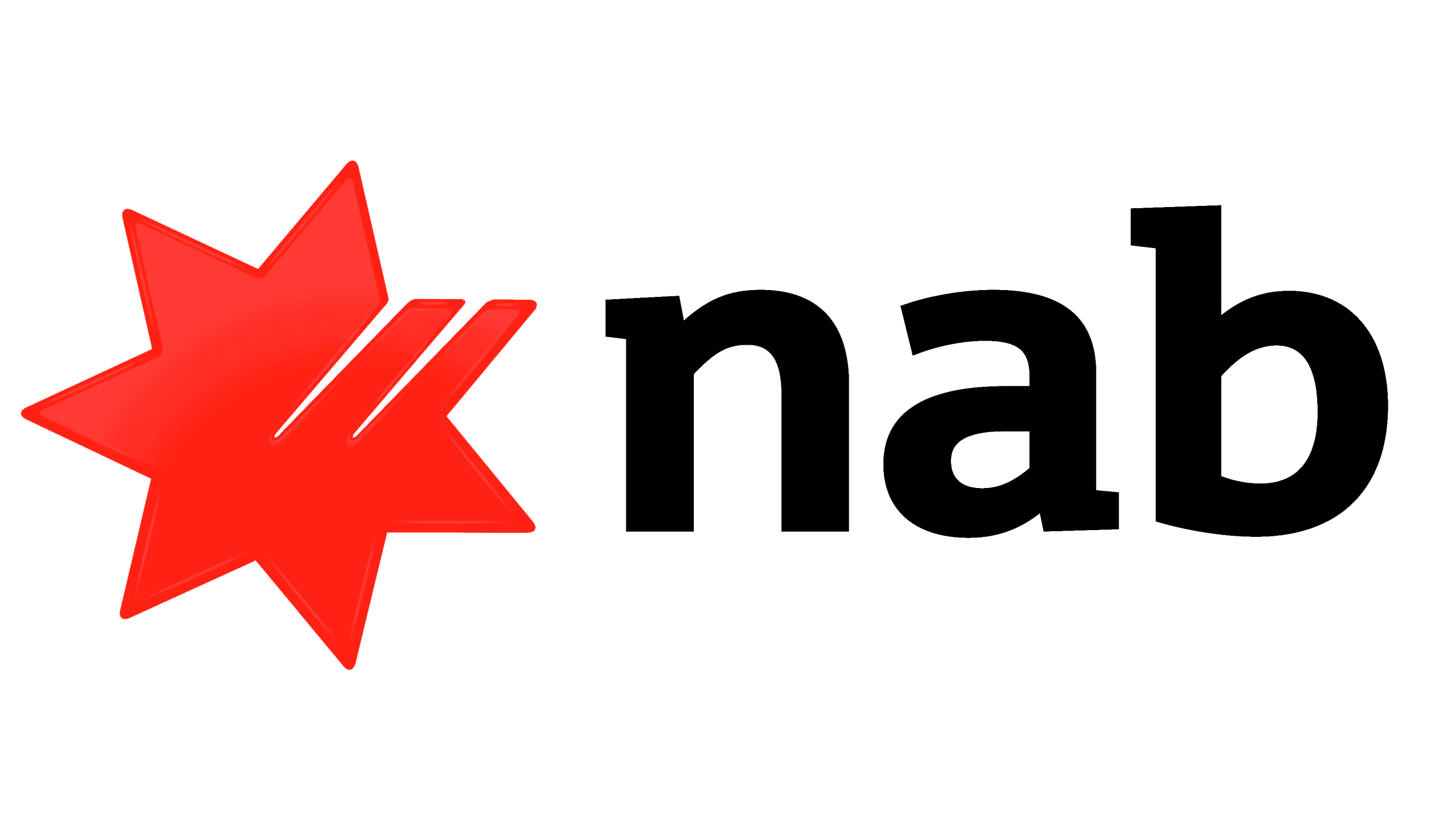










What's the difference between TPPD and TPFT cover?
Third Party Property Damage (TPPD)
TPPD insurance is a type of policy which can cover you for the damage you may cause to someone else's property with your vehicle. This could include damage to their car, home or any other property they may own and is often up to a certain limit, such as $20 million. This type of policy doesn’t cover damage to your own vehicle or any injuries you may sustain in an accident.
Third Party Fire and Theft (TPFT)
On top of the cover offered by TPPD insurance, TPFT insurance is a type of insurance policy which can provide cover for damage to your car due to theft (or the theft of your car) and fire. This car insurance is a step up from TPPD in terms of coverage and price and may include other areas of cover, such as a rental car after theft and for personal effects in your vehicle (which may be optional extras).
How is third party car insurance different from other types of cover?
It’s important to understand how third party cover is different from the two other types of insurance available in Australia, as this may help inform your decision of what car insurance you need for your vehicle. All coverage in each of these types of insurance is subject to the terms and conditions set in place by your insurer. These are:
Third party insurance vs. compulsory third party (CTP) insurance
Although they both have third party in the name, these types of insurance are very different. TPPD and TPFT are optional forms of car insurance which can provide cover for damage to third party property or fire and theft damage to the insured vehicle.
On the other hand, compulsory third party (CTP) insurance is a mandatory form of insurance in Australia which can cover the cost of compensation for personal injuries caused by a car accident, regardless of who is at fault. CTP insurance is usually offered exclusively by insurers approved by state or territory governments or directly by a government body. It may also be included in the cost of your vehicle registration.
Third party insurance vs. comprehensive car insurance
As the name suggests, comprehensive car insurance offers greater coverage, primarily for your vehicle. On top of the cover offered by both types of third party insurance, you can also gain protection for damage to your vehicle in an accident or weather-related event (such as flooding or hail).
Comprehensive car insurance is the most expensive type of optional coverage, but it can also offer drivers the greatest level of peace of mind that they can be covered should a covered event take place, such as an accident or weather event.
Can I get cheap third party car insurance?
As mentioned, third party car insurance is cheaper than comprehensive cover (with TPPD typically being the cheapest car insurance with the fewest covered events). However, whether you’re able to purchase a cheap policy will depend on several factors, such as:
- Your age: insurers will consider your age and experience when calculating your car insurance premium, with younger and less experienced drivers often attracting higher premiums
- Usage: the more you drive, the higher your premium is likely to be. This is because the more time you spend on the road, the more likely you are to be involved in an accident.
- Occupation: your occupation can affect your premium, as some jobs may be considered more high-risk than others. For example, delivery drivers or those who use their car frequently for work may have higher premiums.
- Claims history: if you have a history of making claims, your premium may be higher. This is because insurers see you as more likely to make future claims.
- Excess: the higher your excess, the less you’re likely to pay for your premium and vice versa.
- Additional drivers: adding further drivers to your policy may increase your premium. Insurers consider the age and driving record of each driver when determining the premium.
- Where you live: not every state, city, town or suburb comes with the same cost. Insurers will base their assessments on the level of risk they perceive in the area you live. For instance, those in the centre of Melbourne may not pay the same as someone in living in Victoria in the country.
- Age and type of vehicle: the age of your car can affect your insurance premium. Older cars may have a lower premium, while newer cars may have a higher premium due to their higher value. However, if your car is considered a higher risk because of its old age, you may have to pay more. Meanwhile, the cheaper your car is to repair, the less you’re likely to pay for insurance.
It's important to compare car insurance policies based on their price (among other areas). By comparing online, you’ll be able to consider a variety of live quotes based on your profile and purchase your policy in minutes.
Types of car insurance
How to buy car insurance
-
Fill out an online quote form
To generate relevant quotes, you’ll need to provide information about yourself, your car and the cover you’re after. This quote form is simple and should only take minutes to complete.
-
Compare offers
Once you’ve done this, you’ll be able to compare personalised quotes based on premiums, inclusions, exclusions, claims process, excess, optional extras and more in minutes.
-
Pick one you like and buy it
If you find a policy you’re happy with, you can complete your car insurance purchase through our partner's website. Once bought, your cover can kick in as soon as today.













